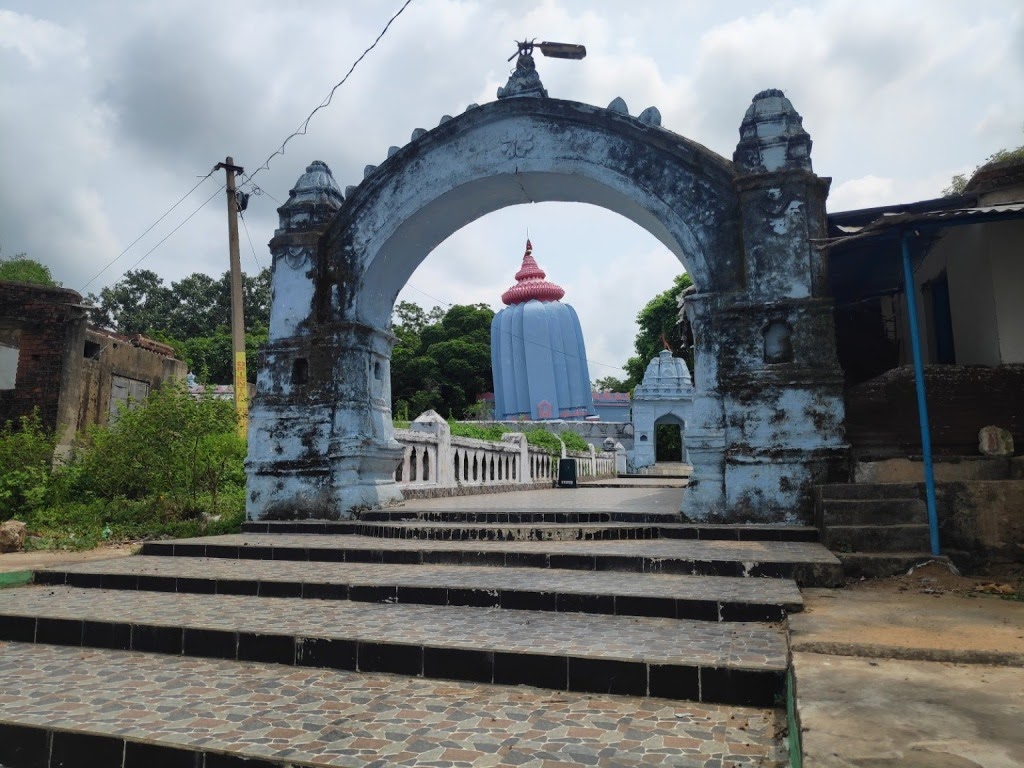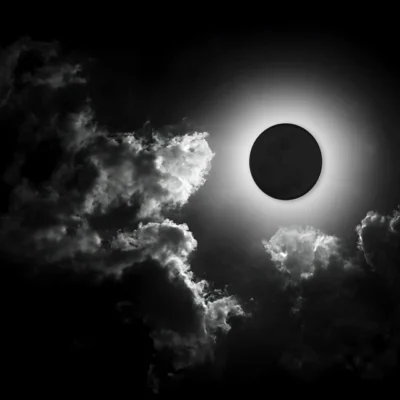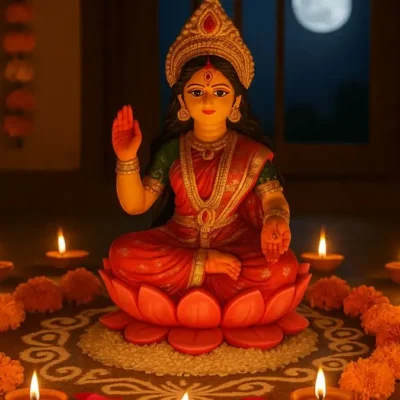Huma Bimaleswar (Leaning) Temple- Odisha

Address
Huma Bimaleswar (Leaning) Temple- Huma, Tabada, Sambalpur District, Odisha 768113
Deity
Bimaleswar
Introduction
- The Huma Temple, dedicated to Lord Shiva as Bimaleswara/Vimaleswara, is located in Huma village, Sambalpur District, Odisha, India.
- It is one of only two leaning temples in the world, situated on the left bank of the Mahanadi River at its confluence with Dhuli Jor.
- The temple is a protected monument maintained by the Archaeological Survey of India, Bhubaneswar Circle.
Puranic Significance
- Construction: Built by Anangabhima Deva III, Emperor of the Eastern Ganga Dynasty.
- Patronage: Received extensive support from Balarama Deva (1575–1595 CE), the first Chauhan ruler of Sambalpur, and underwent significant renovations by King Baliar Singh (1660–1690 CE).
- Further Developments: Additional structures were built during the reign of King Ajit Singh (1766–1788 CE).
- Legend:
- A cowherd from Chaunrpur discovered a black cow pouring milk on a stone, revealing the divine presence of Lord Shiva in the form of a Linga.
- The temple was believed to be leaning from its inception, as Lord Bimaleswara desired a leaning structure.
- The temple is built on a rocky outcrop facing east, with a rectangular platform measuring 200 feet by 120 feet.
Special Features
- Temple Structure: The main shrine is tilted at an angle of approximately 13.8 degrees towards the north-east, similar to the Leaning Tower of Pisa.
- Architectural Design:
- The main shrine features a rekha vimana, flat-roofed jagamohana, and a newly built pillared Nandi mandapa.
- The shrine has a Pancharatha plan and houses a Patalphuta Shiva Linga within a circular yonipitha.
- The main shrine is plain, lacking sculptural embellishment, while other shrines in the complex tilt in different directions.
Other Notable Shrines
- Bhairavi Devi & Bhairava Shrines: Located to the left and right of the sanctum, respectively.
- Bhubanesvara Shrine: Situated within the complex, facing west, with a small leaning rekha vimana.
- Kapilesvara Shrine: Also facing west, with a similar design to the Bhubanesvara Shrine.
- Additional Shrines: Include those for Maneswara, Jagannath, Hanuman, Aruna Stambha, Varaha, Parvati, Ganesha, and Nandis.
Natural Elements
- Kudo Fish: A special variety of reddish fish called Kudo is found in the Mahanadi River; the river ghat is referred to as Machindra ghat, where the water is considered sacred.
- Ritual Bathing: Devotees bathe at Machindra ghat before offering puja to the deity.
Festivals
- The temple hosts various festivals throughout the year, celebrating Lord Bimaleswara, who is regarded as the earliest (Adya Sambhu) among the Ashta Sambhu (8 Shiva Lingas) of the surrounding region.
Managed By
Archaeological Survey of India (ASI)
Nearest Bus Station
Sambalpur
Nearest Railway Station
Sambalpur Junction
Nearest Airport
Jharsuguda









